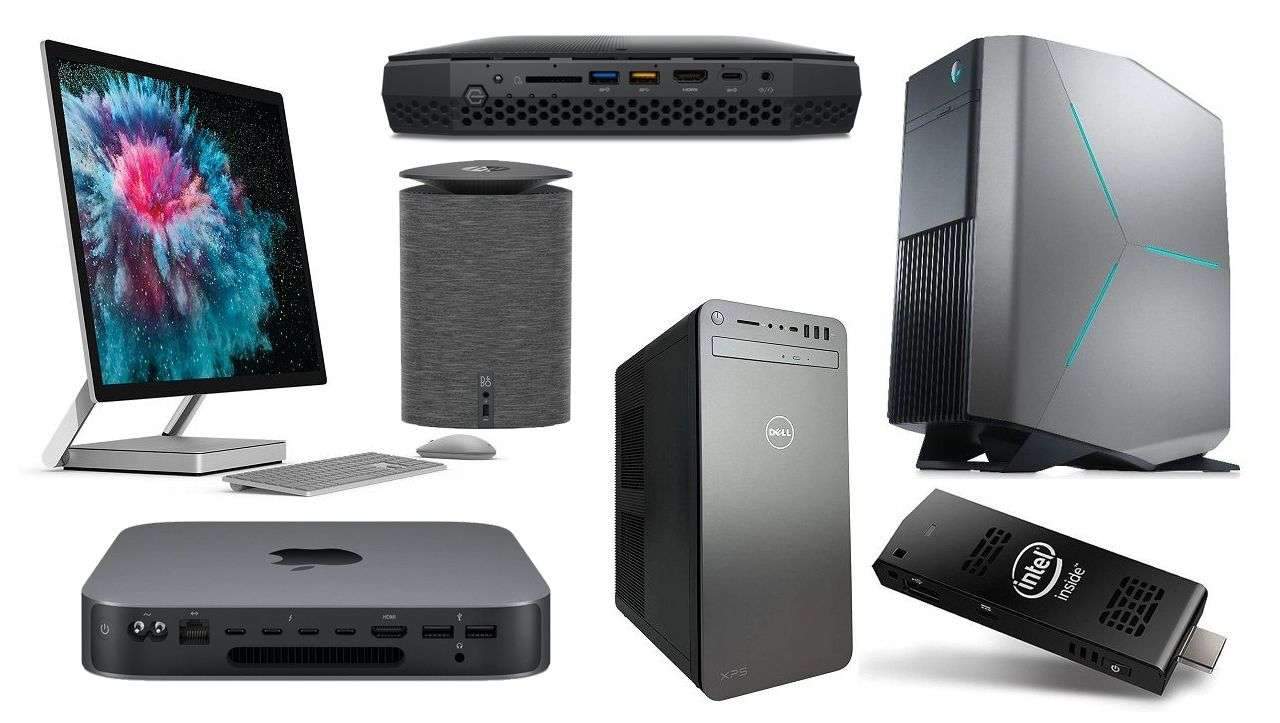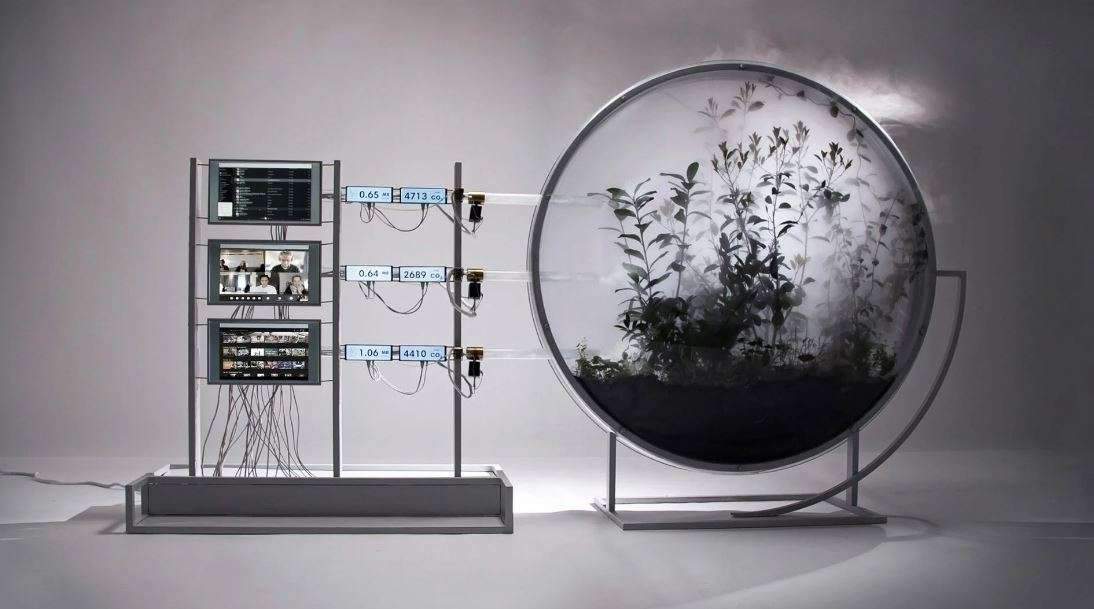Best Workstations for Architects : A Comprehensive Guide
In the world of architectural design, engineers and designers rely on powerful and reliable tools to run advanced software such as AutoCAD, Revit, SketchUp, and 3D visualization and rendering applications. For this reason, workstations have become an essential choice for any serious architect.
In this article, we’ll review the top workstations suitable for architects , focusing on performance, price, upgradeability, and professional certification (ISV Certification). We’ll take a closer look at three of the most popular options currently available: the HP Z2 Tower G9 , Lenovo ThinkStation P330 , and Dell Precision 3650 .
What Is a Workstation, and Why Does It Matter for Architects?
A workstation is a high-performance desktop or laptop computer designed specifically for demanding professional tasks. These machines feature high-quality components such as powerful CPUs, ECC memory, and professional-grade graphics cards like NVIDIA Quadro or AMD Radeon Pro.
Workstations differ from regular PCs in several key ways:
- They are officially certified by software vendors (e.g., Autodesk, Adobe).
- They’re built to handle long hours of intensive work without crashing.
- They support CAD and BIM software more efficiently, with minimal lag or instability.
According to Puget Custom Computers, “Professional workstations offer stability and reliability that standard PCs can’t match when working with large and complex models” (Puget Systems ).

HP Z2 Tower G9 – Best for Beginners and Tight Budgets
Key Specifications:
| Feature | Details |
|---|---|
| Starting Price | $1,004 |
| Tested Price | $2,479 |
| Processor | Intel Core or Xeon (depending on configuration) |
| Graphics | NVIDIA T600 or RTX A2000 |
| Memory | Up to 128GB DDR4 |
| Storage | Up to 8TB SSD |
Pros:
- Practical and easy to maintain.
- ISV-certified for professional software.
- Quiet operation even under load.
- Three-year warranty.
- Supports full-length graphics cards.
Cons:
- No liquid CPU cooling option.
- Not ideal for very large-scale design projects.
ArchUp’s Opinion:
The HP Z2 Tower G9 is an excellent choice for those seeking a reliable workstation without breaking the bank. While it doesn’t deliver top-tier performance, it’s well-suited for medium-sized design projects and beginners in the architectural field.

Lenovo ThinkStation P330 – Best Value for Money
Key Specifications:
| Feature | Details |
|---|---|
| Starting Price | $884 |
| Tested Price | $1,215 |
| Processor | Xeon E-2286G (no Hyper-Threading in tested model) |
| Graphics | NVIDIA T600 |
| Memory | Up to 64GB DDR4 ECC |
| Storage | Up to 2TB SSD |
Pros:
- Compact yet effective chassis.
- Xeon processors with ECC memory for added stability.
- Low noise during operation.
- Three-year warranty.
- Good expansion options.
Cons:
- Average CPU performance due to lack of Hyper-Threading.
- Not suitable for very large architectural projects.
ArchUp’s Opinion:
The ThinkStation P330 offers great value for users who need a basic but reliable workstation. However, processor selection significantly impacts performance, so it’s worth considering a stronger CPU if your budget allows.

Dell Precision 3650 – Ideal for Small Offices and Light Tasks
Key Specifications:
| Feature | Details |
|---|---|
| Starting Price | $884.95 |
| Tested Price | $1,989 |
| Processor | Intel Xeon W-1350P |
| Graphics | NVIDIA T600 |
| Memory | Up to 256GB DDR4 ECC |
| Storage | Up to 4TB SSD |
Pros:
- Large ECC memory capacity.
- Wide range of customization options.
- Perfect for office work and initial design phases.
- Easy to upgrade.
Cons:
- Limited GPU and CPU performance.
- No HDMI port as standard.
- Wi-Fi is optional, not included by default.
ArchUp’s Opinion:
While the Dell Precision 3650 offers good expandability, it falls short in performance compared to its competitors. It is best suited for small-scale projects or as a secondary machine for reviewing designs.
How to Choose the Right Workstation for You
When selecting a workstation, consider the following:
- Processor (CPU): Choose between Intel Xeon/Core i7/i9 or AMD Ryzen Threadripper based on your workload.
- Graphics (GPU): Ensure the card is supported by your design software (e.g., Revit or Rhino).
- Memory (RAM): At least 32GB is recommended for mid-sized projects.
- Storage: High-speed NVMe SSDs significantly improve system responsiveness.
- Warranty & Support: Most workstations come with a 3–5 year warranty, which is an important factor in decision-making.
ArchUp’s Final Thoughts
Each workstation has its own strengths, and the right choice depends heavily on the type of project and available budget. The HP Z2 Tower G9 remains the most balanced option between performance and cost, especially for small studios or students. The ThinkStation P330 is ideal for those starting out with professional workflows without major investment. Finally, the Dell Precision 3650 is suitable for office tasks and light design work but not recommended for complex architectural modeling.
Summary Comparison Table
| Feature | HP Z2 Tower G9 | Lenovo ThinkStation P330 | Dell Precision 3650 |
|---|---|---|---|
| Price | From $1,004 | From $884 | From $884.95 |
| Processor | Core / Xeon | Xeon E-Series | Xeon W-Series |
| Graphics | Up to RTX A2000 | T600 | T600 |
| RAM | Up to 128GB | Up to 64GB | Up to 256GB |
| Expandability | Good | Moderate | Very Good |
| Warranty | 3 Years | 3 Years | 3 Years |
| Overall Performance | Great for entry-level | Very good for basic use | Suitable for light tasks |
Frequently Asked Questions (FAQ)
Q: Can I use a regular PC for architectural design?
A: Yes, but it won’t offer the same level of performance or stability, especially with large models or BIM software.
Q: What’s the difference between professional and consumer GPUs?
A: Professional GPUs (like Quadro) are optimized for engineering software and offer features such as OpenGL support and higher display accuracy.
Q: Do I need fast internet for a workstation?
A: Internet speed doesn’t directly affect workstation performance unless you’re downloading cloud files or using online rendering services.
Q: What does ISV Certification mean?
A: It means the device has been tested and approved by software vendors (like Autodesk) to ensure smooth operation with their programs.
Q: Can I upgrade a workstation myself?
A: Yes, most workstations are designed to be easily upgraded, especially regarding storage and RAM.
If you’re an architect looking for a reliable and efficient tool, choose a workstation that matches your project type and budget. Don’t be swayed solely by high specs—focus on the software you use daily and how well the hardware supports it.






